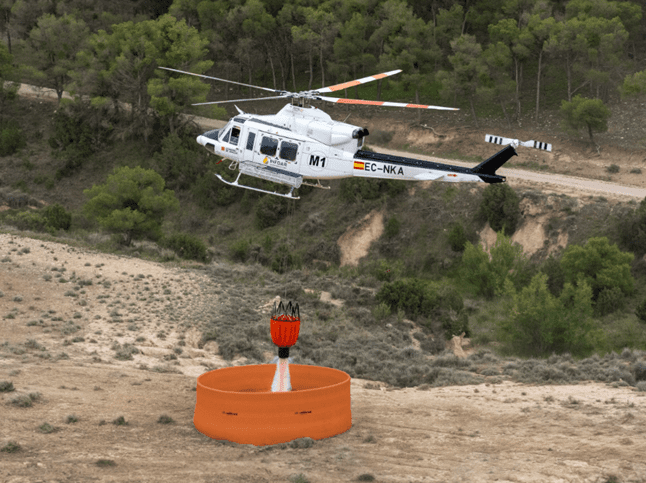Study shows firefighter instructors exposed to multiple fires per month suffer from chronic inflammation, increasing risk of cardiovascular diseases, infection and illness
Firefighter Instructors, who train firefighter staff across the UK and typically face up to five to ten times the number of live fires compared to regular firefighters, have been found to have chronic inflammation leaving them at greater risk of cardiovascular diseases, infection and illness, according to new research by the University of Roehampton London.
Led by Dr Emily Watkins, Lecturer in Environmental and Exercise Physiology at the University of Roehampton London, the study measured blood samples, blood pressure and psychological data from 136 UK Fire and Rescue Service personnel1, including from Breather Apparatus Instructors (BAI), over six months. High BAIs, who are exposed to over 20 fires per month, showed clear signs of systemic inflammation, which occurs when the immune system is constantly defending the body, making them more susceptible to infections and illness.
Among the symptoms reported by high BAIs were fatigue, sleep disturbances, headaches and flu-like illness, which systemic inflammation may be associated. This is the first study to indicate that these symptoms are consistently shown amongst high BAIs over time.
The research also found that high BAIs, who are exposed to a greater number of physically demanding tasks, encapsulating personal protective equipment and extreme heat environment, exhibit elevated levels of numerous biomarkers that puts them in “high risk” categories for cardiac events, such as a heart attack. Systemic inflammation may increase the risk of future cardiovascular events, due to the association of inflammation with atherosclerosis, the formation of plaques in blood vessels that result in luminal narrowing or precipitating thrombi that obstruct blood flow.
Firefighter Instructors train firefighters on search and rescue skills, communicational and teamwork skills within tense environments, and how to prepare operational firefighters for real-life fire scenarios in purpose build facilities. Depending upon their role and service station, Instructors can be exposed to real fires twice a day, 5 days a week.
The research demonstrates the importance for fire services to ensure training fire workloads are safely and effectively managed and that exposure limits, particularly for Firefighter Instructors, are applied. Currently, whilst some services in the UK do limit exposure to fires, this practice is not widespread, with variations in limits used. Some services allow unlimited exposure to fires despite growing evidence of health risks. The research recommends that 10-15 fire exposures per month are a reasonable maximum workload, with a greater number of exposures per month elevating the likelihood of systemic inflammation.
Dr Emily Watkins, lead researcher of the study commented: “By evaluating the impacts of fire exposures across a 6 month period, this is the first research to identify that firefighters, particularly firefighter instructors, are reporting chronic and consistent symptoms of illness and inflammation. Based on this evidence, it’s imperative that fire services carefully evaluate and limit the number of exposures their staff face and review working practices to ensure instructor’s health is being prioritised.”
The research follows new findings by the World Health Organisation’s International Agency for Research on Cancer (IARC) in 2022, which has now classified occupational exposure to fires as carcinogenic to humans, with sufficient evidence of mesothelioma and bladder cancer in firefighters. Dr Watkins was part of the research team that contributed to the IARC finding. Chronic inflammation forms one of the characteristics of Mechanistic Evidence which was considered as part of the evaluation.
The research team also included Dr Alan Richardson, joint lead researcher from the University of Brighton, Dr Nadia Terrazzini from the University of Brighton, Catherine Gage formerly from the University of Brighton, Dr Ben James Lee from Coventry University, Rebecca Bradley from the University of Brighton, and Dr Peter Watt from the University of Brighton.
A copy of the research paper ‘Inflammatory and psychological consequences of chronic high exposure firefighting” is available to download on here and https://www.sciencedirect.com/science/article/pii/S0306456522002133?via%3Dihub
To read more news and exclusive features see our latest issue here.
Never miss a story… Follow us on:
![]() International Fire Buyer
International Fire Buyer
![]() @Firebuyer
@Firebuyer
![]() Fire Buyer
Fire Buyer
Media Contact
Louis Curtis
Editor, International Fire Buyer
Tel: +44 (0) 1622 823 922
Email: editor@firebuyer.com









